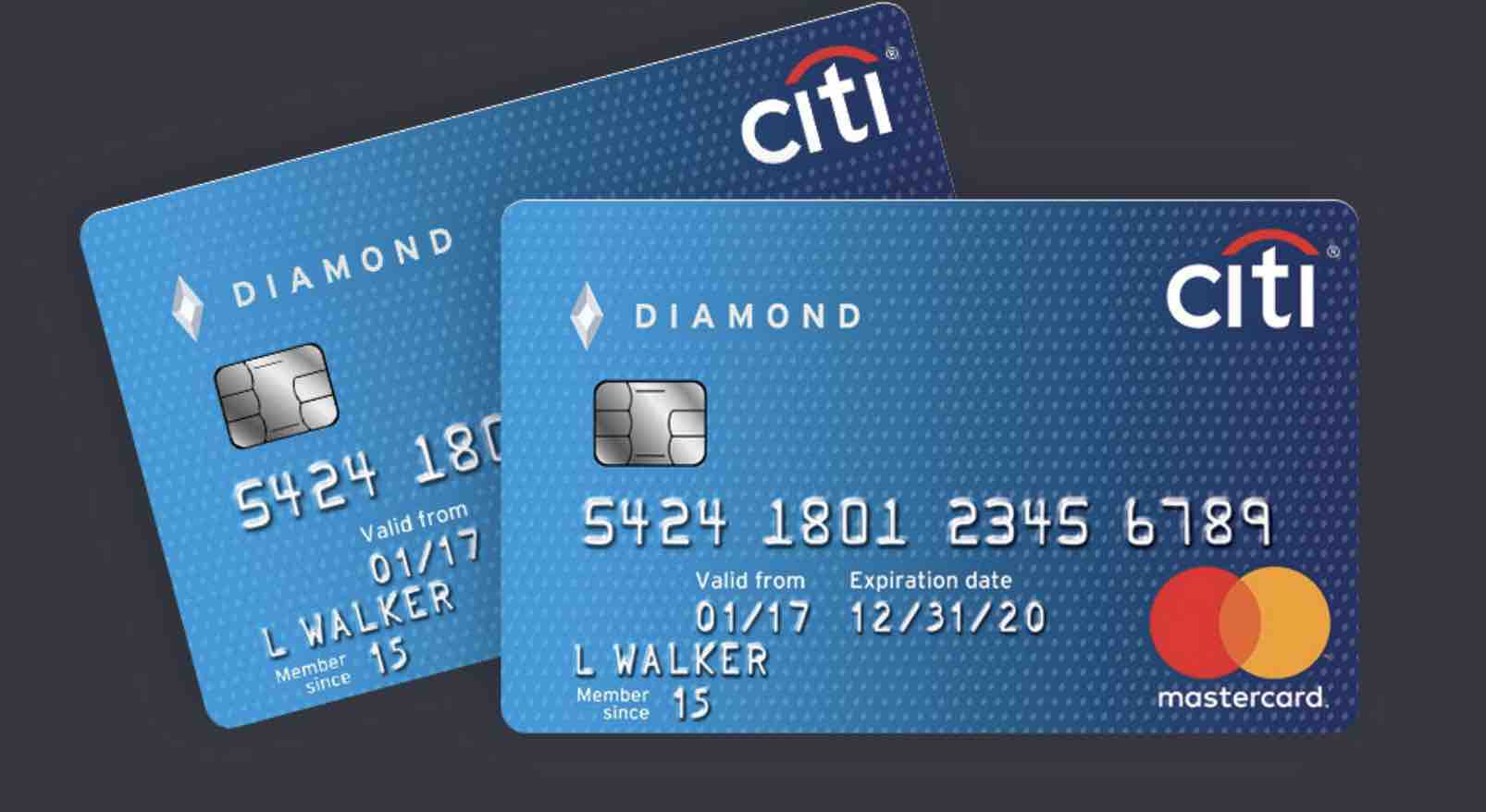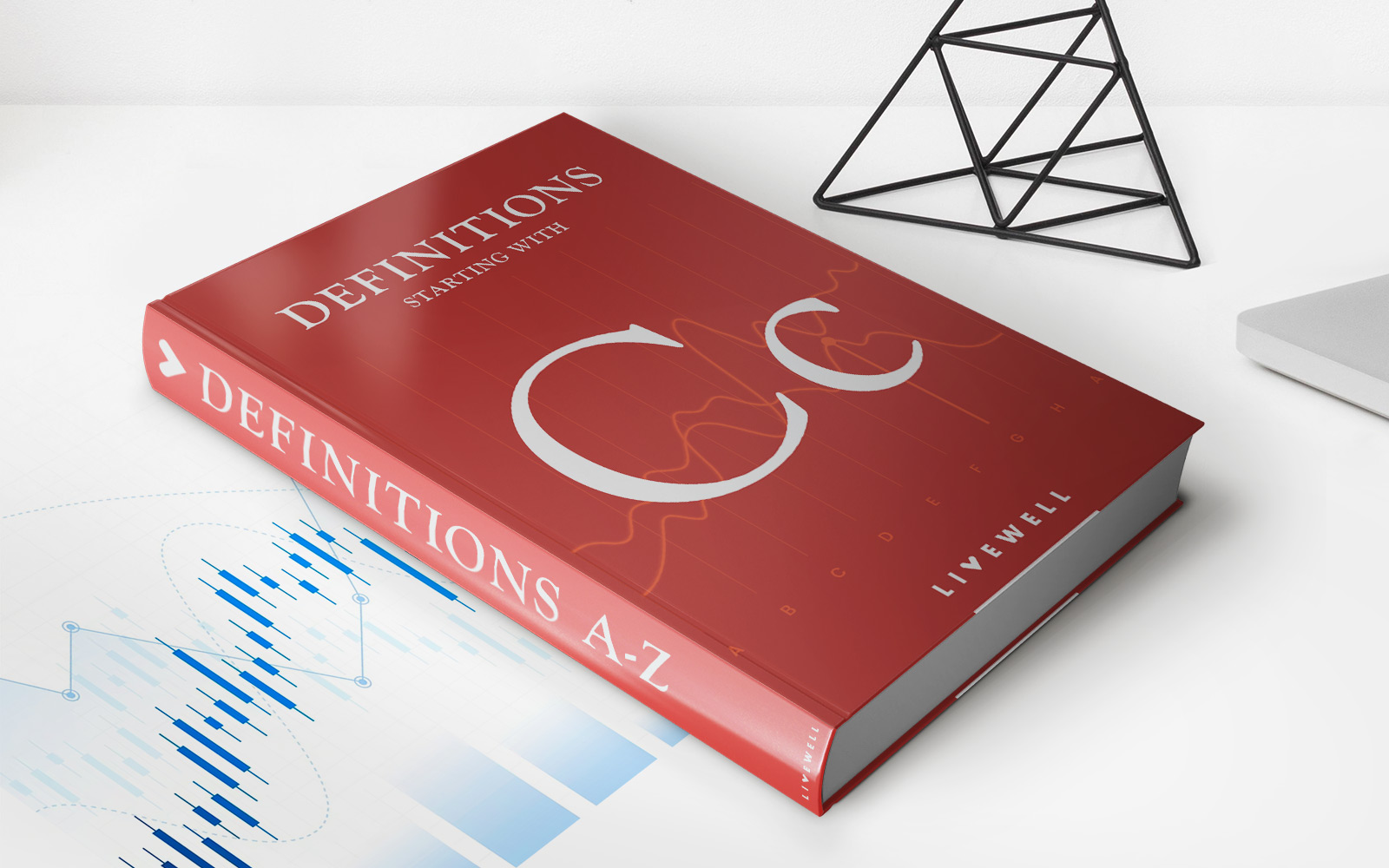Home>Finance>How Is Minimum Payment Determined For Citi Credit Card


Finance
How Is Minimum Payment Determined For Citi Credit Card
Published: February 26, 2024
Learn how minimum payments are calculated for Citi credit cards and manage your finances effectively. Find out more about credit card minimum payments.
(Many of the links in this article redirect to a specific reviewed product. Your purchase of these products through affiliate links helps to generate commission for LiveWell, at no extra cost. Learn more)
Table of Contents
- Understanding the Minimum Payment for Citi Credit Cards
- Key Influences on Minimum Payment for Citi Credit Cards
- Understanding How the Minimum Payment is Calculated for Citi Credit Cards
- Understanding the Consequences of Making Only the Minimum Payment
- Effective Approaches for Handling Minimum Payment Obligations on Citi Credit Cards
- Navigating Minimum Payments for Citi Credit Cards: Empowering Financial Responsibility
Introduction
Understanding the Minimum Payment for Citi Credit Cards
Credit cards have become an integral part of modern financial management, offering convenience and flexibility in making purchases and managing expenses. However, the convenience of credit cards comes with the responsibility of managing repayments, including the minimum payment required each month. For Citi credit cardholders, understanding how the minimum payment is determined is crucial for maintaining good financial health and managing debt effectively.
The minimum payment on a Citi credit card represents the lowest amount that cardholders must pay each month to keep the account in good standing. While paying the minimum amount may seem like a manageable option, it's essential to comprehend how this figure is calculated and its implications on overall debt management. This article aims to delve into the factors that influence the determination of the minimum payment for Citi credit cards, the calculation method employed, and the impact of making only the minimum payment on credit card debt. Additionally, it will provide strategies for effectively managing minimum payments to maintain financial stability and avoid falling into the debt trap.
Understanding the nuances of minimum payments for Citi credit cards empowers cardholders to make informed financial decisions and take control of their debt repayment journey. By shedding light on this essential aspect of credit card management, individuals can navigate their financial responsibilities with confidence and work towards achieving greater financial well-being.
Factors Affecting Minimum Payment
Key Influences on Minimum Payment for Citi Credit Cards
The minimum payment for Citi credit cards is influenced by several key factors, each of which plays a significant role in determining the amount that cardholders are required to pay each month. Understanding these factors is essential for individuals seeking to manage their credit card debt effectively and make informed decisions regarding their repayment obligations.
- Outstanding Balance: The outstanding balance on a Citi credit card directly impacts the minimum payment amount. As the balance increases, the minimum payment also rises, reflecting the higher amount owed and the corresponding repayment obligation.
- Interest Rate: The interest rate applied to the credit card balance is a crucial factor in determining the minimum payment. A higher interest rate leads to increased finance charges, resulting in a higher minimum payment to cover both the interest and a portion of the principal balance.
- Payment History: Cardholders’ payment history, particularly any late or missed payments, can affect the minimum payment amount. A history of delinquency may prompt the issuer to increase the minimum payment as a risk mitigation measure.
- Credit Limit Utilization: The utilization of the available credit limit also influences the minimum payment. Higher utilization ratios may lead to an elevated minimum payment requirement, as it signifies a greater reliance on credit and a potentially higher risk for the issuer.
- Fee Assessments: Additional fees, such as annual fees or penalty charges, can impact the minimum payment. When these fees are added to the outstanding balance, they contribute to an increase in the minimum payment amount.
These factors collectively contribute to the determination of the minimum payment for Citi credit cards, shaping the monthly repayment obligation that cardholders must fulfill. By recognizing the influences that govern minimum payments, individuals can proactively manage their credit card usage and make informed financial decisions to mitigate debt and maintain healthy financial practices.
Calculation Method for Minimum Payment
Understanding How the Minimum Payment is Calculated for Citi Credit Cards
The calculation of the minimum payment for Citi credit cards follows a specific method that takes into account various factors to determine the monthly repayment obligation. By comprehending the calculation process, cardholders can gain insight into the components that contribute to the minimum payment amount and make informed decisions regarding their repayment strategy.
The most common method used to calculate the minimum payment involves a combination of the following factors:
- Percentage of the Outstanding Balance: Credit card issuers often set the minimum payment as a percentage of the total outstanding balance. This percentage typically ranges from 1% to 3% of the balance, encompassing both the principal amount and any accrued interest.
- Fixed Amount Requirement: In some cases, credit card issuers may establish a minimum fixed amount that cardholders must pay, regardless of the percentage-based calculation. This fixed amount ensures that a baseline repayment is made each month, providing consistency in debt reduction.
- Additional Fees and Charges: When applicable, any fees, such as late payment fees or over-limit charges, are added to the minimum payment calculation, further increasing the total amount due.
It’s important to note that the specific method for calculating the minimum payment may vary based on the terms and conditions outlined in the cardholder agreement. Understanding the calculation method empowers cardholders to anticipate their monthly repayment obligations and plan their finances accordingly to meet the minimum payment requirements.
By gaining clarity on how the minimum payment is derived, individuals can proactively manage their credit card debt and explore strategies to accelerate debt repayment, such as paying more than the minimum or leveraging balance transfer options. This knowledge equips cardholders with the understanding needed to navigate their financial responsibilities and work towards achieving greater financial stability.
Impact of Minimum Payment on Credit Card Debt
Understanding the Consequences of Making Only the Minimum Payment
The minimum payment requirement for credit cards, including those issued by Citi, carries significant implications for cardholders, particularly in the context of managing and reducing credit card debt. While it provides a convenient and manageable option for monthly repayments, making only the minimum payment can have a profound impact on the overall debt burden and financial well-being of individuals.
One of the primary consequences of consistently making only the minimum payment is the prolonged duration of debt repayment. By paying the minimum amount, a significant portion of the payment goes towards covering interest charges, with only a fraction contributing to reducing the principal balance. As a result, the overall debt reduction process is protracted, leading to increased interest costs and an extended timeline for becoming debt-free.
Furthermore, relying solely on minimum payments can hinder individuals’ ability to make substantial progress in reducing their credit card balances. This approach may perpetuate a cycle of debt accumulation, as the interest continues to accrue on the remaining balance, offsetting the impact of minimal principal reductions achieved through minimum payments.
Additionally, making only the minimum payment can negatively impact individuals’ credit scores and financial stability. Carrying high balances relative to credit limits, often associated with making minimum payments, can elevate credit utilization ratios, which are a key factor in credit scoring models. Higher utilization ratios may signal financial distress to creditors and credit bureaus, potentially leading to a decrease in credit scores and limiting access to favorable credit terms in the future.
By recognizing the repercussions of adhering to minimum payments, individuals can proactively explore strategies to mitigate the adverse effects of prolonged debt repayment and interest accumulation. This awareness empowers cardholders to make informed decisions regarding their repayment approach and seek alternative methods to expedite debt reduction and achieve greater financial freedom.
Strategies to Manage Minimum Payments
Effective Approaches for Handling Minimum Payment Obligations on Citi Credit Cards
Managing minimum payments for Citi credit cards requires a proactive approach aimed at optimizing debt repayment and fostering healthy financial practices. By implementing strategic measures, cardholders can navigate their minimum payment obligations with greater ease and work towards achieving improved financial well-being. The following strategies offer practical guidance for effectively managing minimum payments and mitigating the challenges associated with credit card debt:
- Pay More Than the Minimum: While the minimum payment represents the lowest amount required, allocating additional funds towards the credit card balance can expedite debt reduction and minimize interest costs. By paying more than the minimum, cardholders can make substantial progress in chipping away at the principal balance, ultimately shortening the repayment timeline.
- Utilize Balance Transfer Offers: Taking advantage of balance transfer offers, especially those featuring promotional low or 0% interest rates, can provide a viable option for consolidating credit card debt and managing minimum payments more effectively. Transferring balances to a card with favorable terms can reduce interest expenses and facilitate a more streamlined approach to debt repayment.
- Create a Repayment Plan: Developing a structured repayment plan that aligns with financial capabilities and goals can help individuals manage minimum payments systematically. By outlining a strategy to allocate funds towards debt reduction, cardholders can maintain consistency in their repayment efforts and track progress towards becoming debt-free.
- Monitor Credit Card Usage: Practicing prudent credit card usage and avoiding unnecessary expenditures can mitigate the need for higher minimum payments. By exercising restraint and using credit cards judiciously, individuals can prevent excessive balance accumulation, thereby reducing the impact on minimum payment requirements.
- Seek Financial Counseling: In instances where managing minimum payments becomes challenging, seeking guidance from financial counselors or advisors can offer valuable insights and personalized strategies for navigating credit card debt. Professional assistance can provide clarity on available options and empower individuals to make informed decisions regarding debt management.
By leveraging these strategies, cardholders can proactively address their minimum payment obligations for Citi credit cards and work towards achieving greater financial stability. These approaches empower individuals to take control of their debt repayment journey and make meaningful progress in reducing credit card balances while fostering responsible financial habits.
Conclusion
Navigating Minimum Payments for Citi Credit Cards: Empowering Financial Responsibility
The management of minimum payments for Citi credit cards represents a crucial aspect of responsible financial stewardship, encompassing the dynamics of debt repayment, interest management, and overall financial well-being. By gaining a comprehensive understanding of the factors influencing minimum payments, the calculation methods employed, and the impact of adhering to minimum payments, cardholders can navigate their credit card obligations with greater insight and foresight.
Recognizing the implications of making only the minimum payment sheds light on the potential pitfalls of prolonged debt repayment and the associated financial repercussions. However, by proactively embracing strategies to manage minimum payments, individuals can take charge of their debt reduction journey and work towards achieving a healthier financial outlook.
Empowering cardholders with the knowledge and resources to effectively manage minimum payments fosters a proactive and informed approach to credit card debt, paving the way for improved financial stability and long-term financial success. By leveraging prudent financial strategies, such as paying more than the minimum, utilizing balance transfer offers, creating structured repayment plans, and exercising judicious credit card usage, individuals can mitigate the challenges associated with minimum payments and accelerate their progress towards becoming debt-free.
Ultimately, understanding the intricacies of minimum payments for Citi credit cards equips individuals with the tools to make informed financial decisions, proactively manage their debt obligations, and cultivate responsible financial habits. By embracing these principles, cardholders can embark on a journey towards greater financial freedom, empowered by the knowledge and strategies to navigate minimum payments and achieve lasting financial well-being.














